In the early 1900s, New York City was a place of big dreams and even bigger innovations. One such marvel was the “Leaders of the World” sign, an electric wonder that lit up the night sky and captivated the imagination of thousands. This massive display, erected in 1910, was a sight to behold, combining cutting-edge technology with ancient Roman imagery to create a spectacle unlike anything seen before.
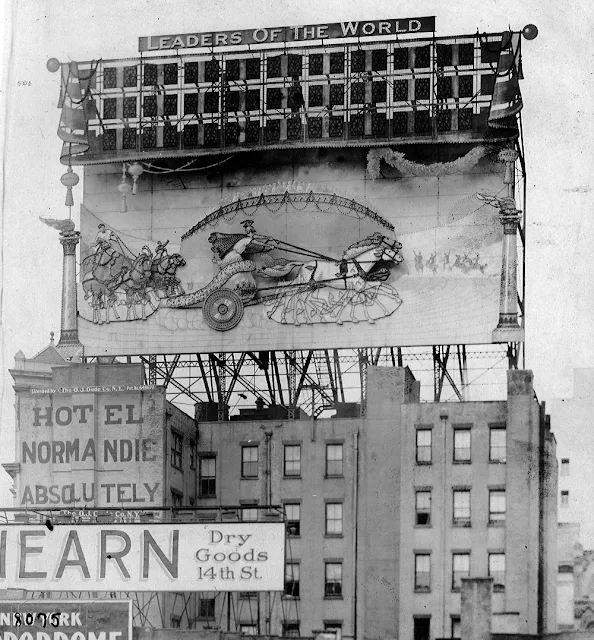
The Birth of a Luminous Giant
The Rice Electric Display Company of Dayton, Ohio, was the mastermind behind this electric marvel. They chose the perfect spot for their creation: the roof of the Hotel Normandie, right on Broadway and 38th Street, near the bustling Herald Square. It took about 90 days to build this enormous sign, which was actually the third of its kind. The company had already put up similar signs in Dayton and Detroit, with a smaller version later appearing in Milwaukee.
The sheer scale of the “Leaders of the World” sign was breathtaking. Standing 72 feet tall and stretching 90 feet wide, it was a true giant among the city’s billboards. But it wasn’t just its size that made it special. The sign boasted an incredible 20,000 electric light bulbs, used 600 horsepower of electricity, and contained over 95 miles of electrical wire. To put that in perspective, it had ten times more bulbs than the next largest electric sign on Broadway at the time.
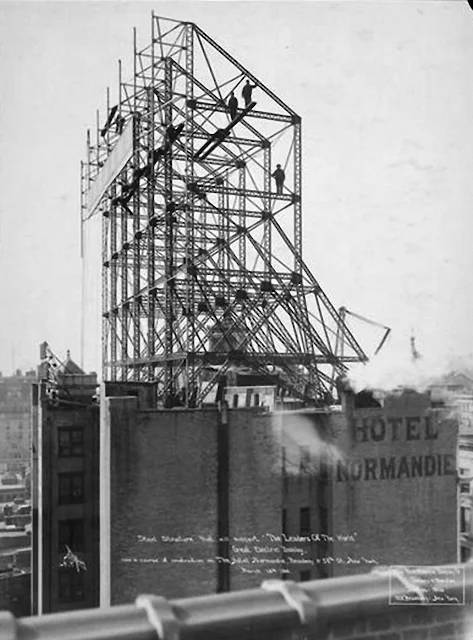

Building such a massive structure was no easy task. The sign’s supporting framework alone weighed 60 tons, requiring eight railroad cars to transport all the pieces to New York. This was truly a feat of engineering for its time.
A Roman Spectacle in the Big Apple
On July 19, 1910, the “Leaders of the World” sign burst into life for the first time. The crowd that gathered was so large that police had trouble keeping everyone under control. People were amazed by what they saw: a huge, animated scene of a Roman chariot race, complete with horses, drivers, and even a cheering crowd in the background.
The main attraction was a 30-second animation that showed chariots racing across the sign. This was followed by 30 seconds of darkness before the show started again. The illusion of movement was created by clever use of flashing lights, with no actual moving parts. For example, each horse had eight different sets of lights outlining various leg positions. When these lights flashed quickly, it looked like the horse was galloping.
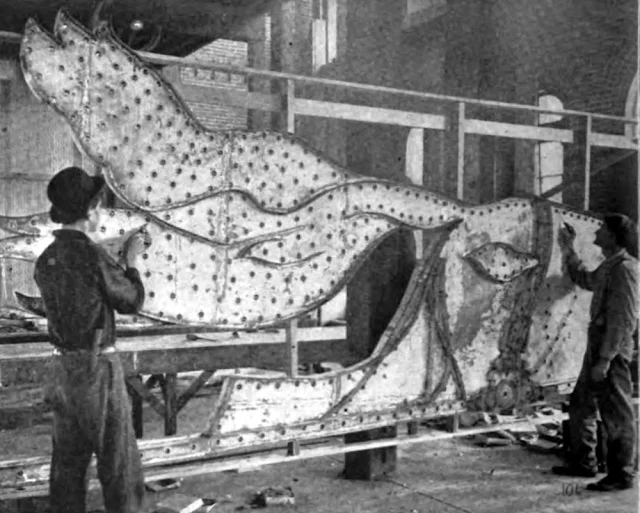
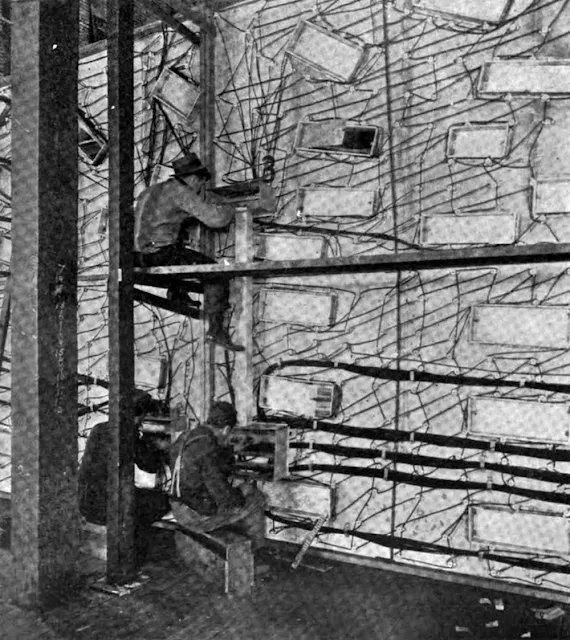
The horses in the display were enormous, measuring 20 feet high and 40 feet long, with wheels that were 8 feet across. These giant figures were designed to look normal-sized when viewed from street level, adding to the sign’s impressive effect.
At the top of the sign, the words “Leaders of the World” shone in constantly lit bulbs. Below this was a special area where advertisers could display their messages. This part could show three lines of text, with each letter being a whopping 4 feet tall.
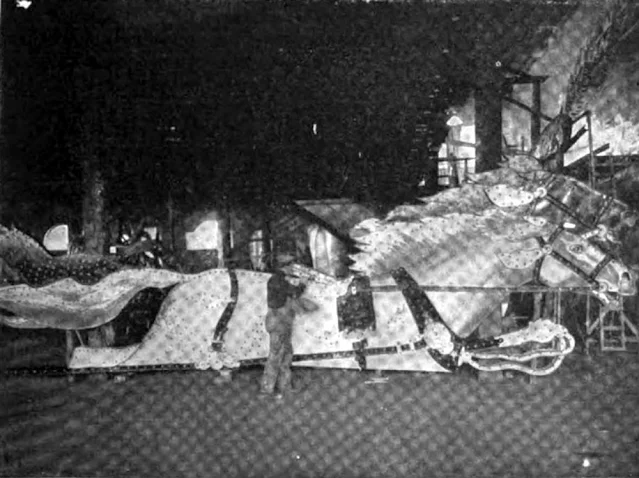
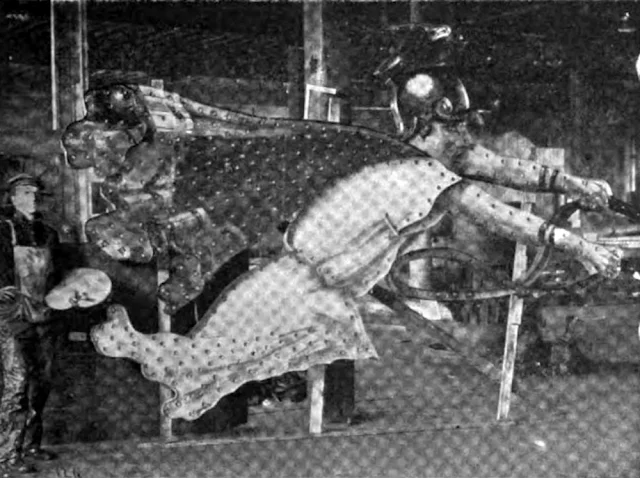
The Technology Behind the Magic
The “Leaders of the World” sign was a technological marvel for its time. It used a mix of different light bulbs, from small 2-candle power bulbs to larger 32-candle power ones, plus some extra-bright 100-watt tungsten lamps. All these lights were controlled by about 2,750 electrical switches, which needed two 10-horsepower motors just to operate them.
The sign’s electrical system was incredibly complex. With 70,000 electrical connections and miles upon miles of wire, it was a testament to the ingenuity of early 20th-century engineers. The power needed to run this massive display was equivalent to 600 horsepower, an enormous amount for a single sign.
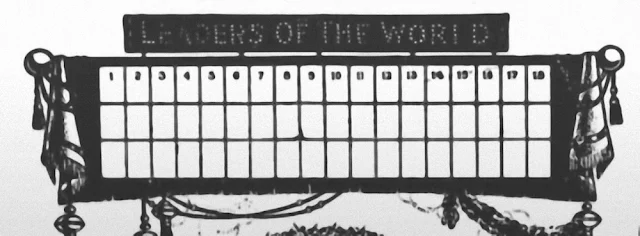
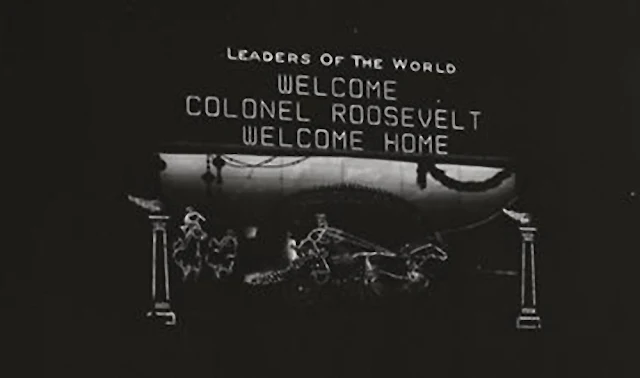
Advertising in Lights
Companies could pay $500 a week (which would be about $16,000 today) to have their message displayed on the sign. To come up with catchy phrases for these ads, the sign’s owners held a big contest in 1911. They asked people from 18 different cities, including as far away as Paris, to submit “snappy catch phrases or slogans.” The contest was a huge hit, receiving 500,000 entries from people hoping to win a share of the $15,000 prize money.
Despite its impressive appearance, the sign wasn’t as successful for advertising as its creators had hoped. It attracted huge crowds, but people often couldn’t remember what products were being advertised. The sign promoted various items like underwear, alarm clocks, and even American-made champagne. However, critics pointed out that the sign was so spectacular that it drew attention to itself rather than the products it was supposed to be selling.
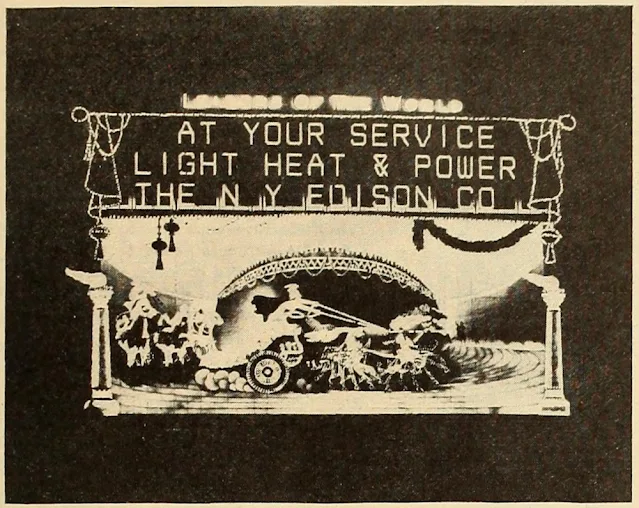
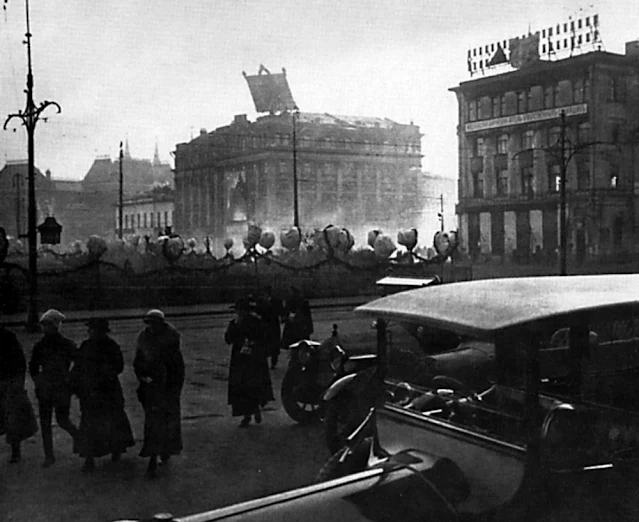
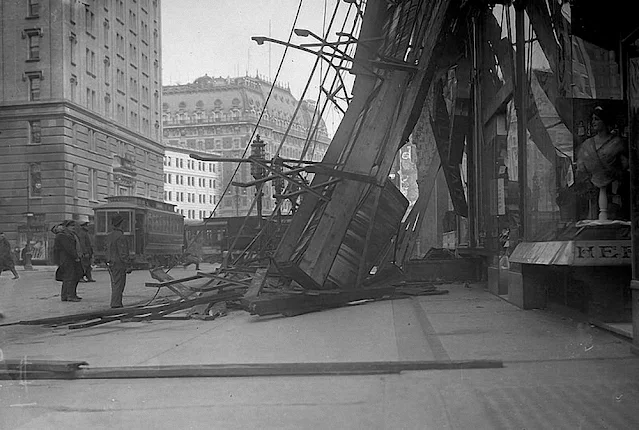

A Brief but Bright Existence
On February 22, 1912, less than two years after it was first lit, a massive storm hit New York City. The winds were incredibly strong, reaching speeds of up to 110 miles per hour. These powerful gusts tore the sign apart, breaking it into two pieces and leaving the upper section dangling dangerously.
The damage was so severe that the Fire Department ordered the rest of the sign to be taken down. It wasn’t just the “Leaders of the World” sign that suffered – many other large signs in Manhattan were also damaged or destroyed by this record-breaking storm.
Even if the sign had survived the storm, its days were numbered. A new 12-story building was being constructed nearby, which would have blocked the view of the sign from Herald Square. This might have reduced its effectiveness as an advertising tool even further.
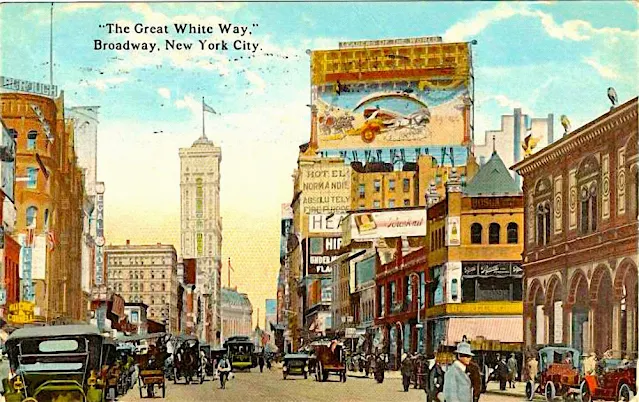



GIPHY App Key not set. Please check settings